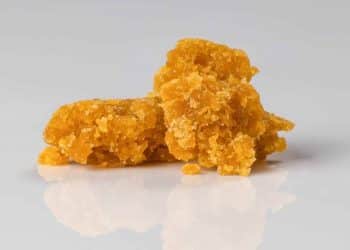Botanical extraction is a booming industry with massive earning potential. However, with the estimated start-up costs of $400,000-$800,000 for a single extraction lab, it is important to evaluate the risks of going into business. Everything from local regulation to personnel consideration determines the final product of botanical extraction. By evaluating all the differences in costs, investors can make informed decisions about how to customize their extraction lab to suit their purposes.
Introductory Costs
This includes details like land, sourcing, and infrastructure. Some extraction labs choose to be the outsourced botanical extractors for suppliers of the organic material. From this perspective the upfront costs are much lower as you don’t have to invest in greenhouses, botanical development and the processing of the raw material before it arrives at the laboratory. There are several downsides to this, though. With a vertically-integrated model, the potential for controlling the quality and the supply remains in your hands. Growing your own plants means that you decide how much botanical extraction occurs in your lab, and you won’t have any issues with suppliers drying up. Not to mention, the increased profit potential in the future that comes from owning the entire supply chain from growth, extraction, distribution and sales.
Equipment Costs
Depending on the extraction method, laboratories will require different types of equipment. CO2 extraction has large upfront costs, but it is arguably the most popular extraction method among consumers and boasts increased output with the lowest operating costs. Ethanol extraction is faster, but requires higher operating costs. The same is true with butane extraction, but the costs add up elsewhere, as this extraction process requires much more investment into safety and regulation. Both ethanol and butane extraction also come with the danger of working with combustible chemicals, which requires higher costs of extraction safety compliance. If none of these sound appealing, then maybe R14A extraction would be best. This process is considered the safest and is reasonably priced while producing the highest concentration extract. If chemical additions are a concern, then perhaps cold press is the best option. By using freezing temperatures and high pressure, botanical extracts may be produced without any chemical additives being incorporated.
Regulatory and Personnel Costs
Different US states have different requirements for laboratories based on what type of extraction process they employ. For some, that means setting up and isolating volatile chemical processes that may prove hazardous to staff. In other states, there may be output limits that could affect your bottom line. This section is too varied and nuanced to explore in depth, and would be worthy of another article all on its own. Needless to say, it is important to take these operating and regulatory costs into account before setting up your extraction laboratory.












